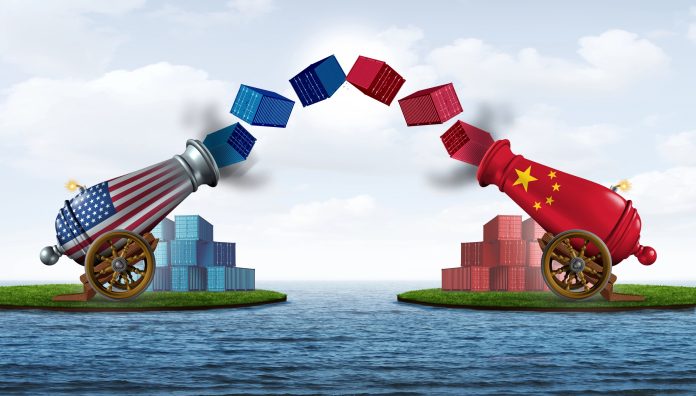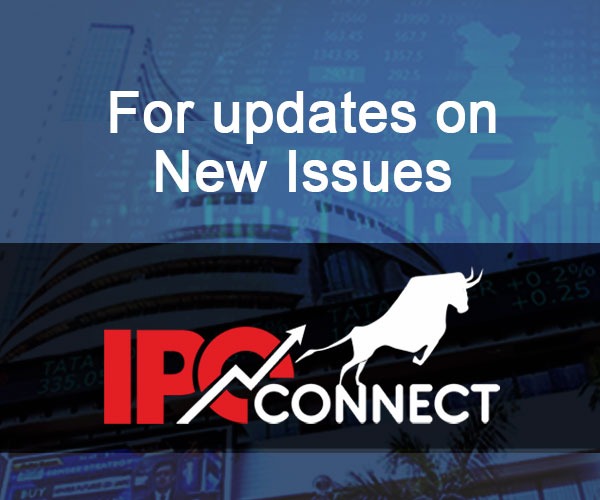In high-volume scenarios, even a one-rupee fluctuation can significantly affect costs.
BY ARJUN BAJAJ
Director – Videotex
The 90-day tariff reprieve between the U.S. and China has temporarily facilitated Chinese exports to the U.S., but it has skewed global container allocation priorities.
Consequently, container prices have surged nearly fourfold, leading to shipment delays of 15 to 20 days.
Additionally, China’s curbs on rare earth materials have constrained the availability of NdFeB magnets, which are critical for delivering superior sound quality in TV speakers, forcing us to explore alternative materials as our existing suppliers face disruptions.
While this shift may not yet be permanent, the uncertainty keeps us on high alert.
Furthermore, although the Israel-Iran conflict has not directly impacted our supply chain, it is driving exchange rate volatility, exerting downward pressure on the Indian rupee.

In high-volume scenarios, even a one-rupee fluctuation can significantly affect costs.
We cannot, however, fully pass these increased costs to our partner brands, nor can they entirely transfer them to consumers.
While these challenges may not immediately translate into higher consumer-facing product prices—especially with the festive season approaching, where brands face intense price competition—these pressures could strain our cost structures if they persist.




